TRILUX High bay
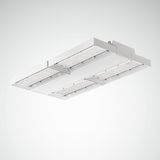

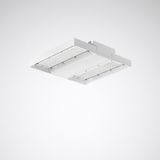
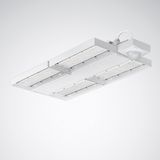

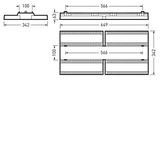
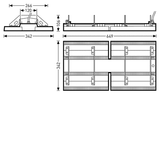
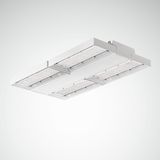

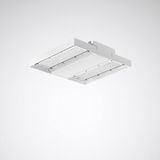

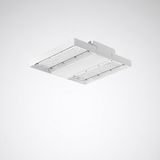
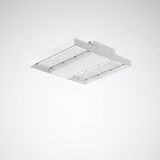


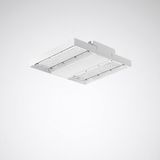
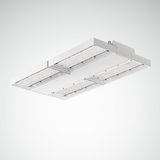
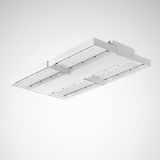



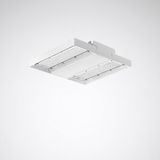

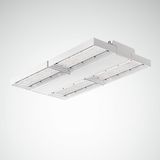


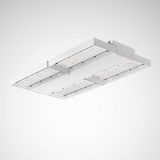
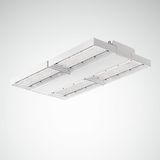

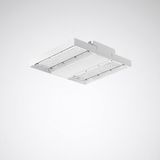
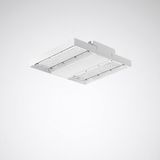
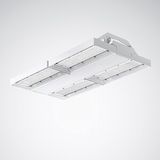
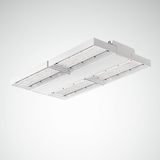


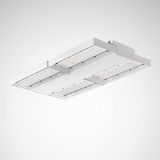
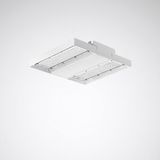
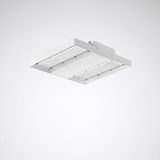
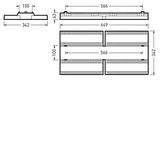
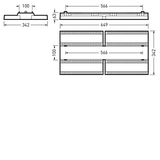

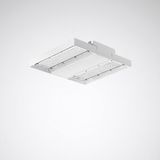
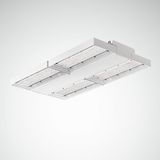
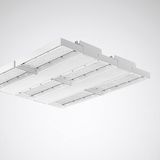


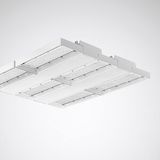

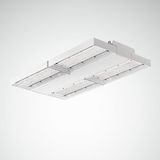


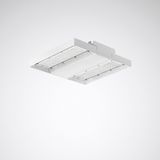
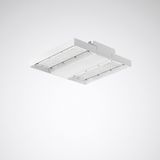


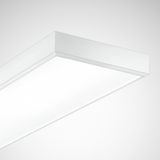
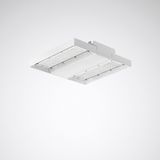
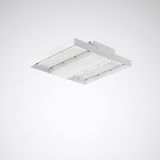


trilux highbays application scope and photometry
Production halls, logistics bays, and sports volumes need consistent vertical and task illuminance with low glare. On typical 220–240 V AC feeds, PF ≥ 0.95 and THD ≤ 10–15 % keep circuits clean; efficacy lands around 130–180 lm/W depending on optic and CCT 3000–6500 K. Lumen packages span ~8,000–40,000 lm, with L80 50–100k h when tc is respected at ta −30…+50 °C. For repeatable commissioning, publish spacing, aiming, and MCB limits alongside the trilux highbays schedule.
trilux led highbay luminaires optics and performance
Tight beams (30/60°) punch down to the floor, aisle optics lift verticals on racking, and wide 90/120° lenses serve open production. CRI 80/90 options with SDCM ≤ 3 keep color stable; flicker metrics of PstLM ≤ 1.0 and SVM ≤ 0.4 are achievable with matched drivers. IP65/66 housings with IK08–10 fronts resist dust and impact, while 2–6 kV surge protection rides out switching events—attributes that make trilux led highbay luminaires reliable in mixed industrial estates.
trilux industrial highbay lights environment and mechanics
Machinery halls push thermal paths, so die-cast sinks and clear tc markings matter. Sealed cable entries, stainless fixings, and vented housings help in oily or damp atmospheres. Where vibration is present, use anti-loosening hardware and verify mounting torques (2.0–3.0 Nm typical) against substrate. For cold stores, check low-temperature start tables and driver fold-back; crews favour trilux industrial highbay lights that publish these limits on one page.
trilux warehouse highbays aisle planning and controls
Pick faces need 200–300 lx at uniformity ≥ 0.6 with controlled glare. Mount at 8–14 m, spacing ~1.2–1.7× mounting height depending on reflectance and optic. Presence/daylight linking trims kWh in low-traffic windows, while corridor hold-on/hold-off maintains safety levels. DALI-2 groups and scenes make moves predictable; emergency variants integrate 1–3 h testing with logged results. For racking changes mid-project, trilux warehouse highbays keep optics, brackets, and address maps consistent so swaps don’t break the plan.
trilux high ceiling lighting mounting and wiring
Rod, chain, or twin-wire kits cover concrete, steel, and grid. Through-wiring on linear carriers simplifies long runs; loop-in/loop-out terminals accept 0.5…2.5 mm² Cu with strip 8–12 mm and torque 0.6–1.2 Nm. Keep SELV and mains segregated, bond braids 360° at gland plates, and respect maximum LED lead lengths to cap EMI and voltage drop. In refurb programs, hold body diameters and hanger pitch steady so trilux high ceiling lighting drops onto existing points without rework.
trilux commercial highbay fixtures selection for B2B buyers
Start with task and mounting height, then lock lumen class and optic. Confirm IP/IK for the zone (IP65/66, IK08–10 common), ambient range, surge level, and tc location. Choose control interface—on/off, DALI-2 DT6, or wireless bridge—and define emergency strategy (self-test or DALI-2 logs). Publish circuit limits per MCB type using inrush A²s from datasheets. When fleets standardise on trilux commercial highbay fixtures, spares, test routines, and address trees stay uniform across buildings.
trilux energy saving highbay lamps efficiency and lifecycle
Daylight harvesting over dock doors, aisle zoning, and runtime analytics deliver measurable kWh cuts. Brown-out ride-through and thermal fold-back preserve uptime, while drivers with energy objects expose consumption to BMS for real audits. Cleaning access and closed optics extend maintenance intervals in dusty aisles. Selecting trilux energy saving highbay lamps with documented LM-80/TM-21 evidence and replaceable gear trays keeps lifecycle cost under control.
Advantages of working with Bankoflamps logistics and support
Procurement follows your commissioning windows. Expect project-specific pricing, quote responses in roughly an hour by EAN/MPN, and live EU stock before lifts or night shifts are booked. Your portal view shows lead times, shipment tracking, and downloadable price lists with validity periods you can plan against. Trusted clients can use post-payment up to 30 days. We consolidate room-bundled consignments so housings, drivers, sensors, emergency kits, brackets, and glands arrive together; your account manager cross-checks optics, output classes, IP/IK, tc notes, inrush/MCB data, and label schemes against drawings—keeping deliveries site-ready across France, the Baltics, Germany, Spain, Italy, Belgium, and the Netherlands.